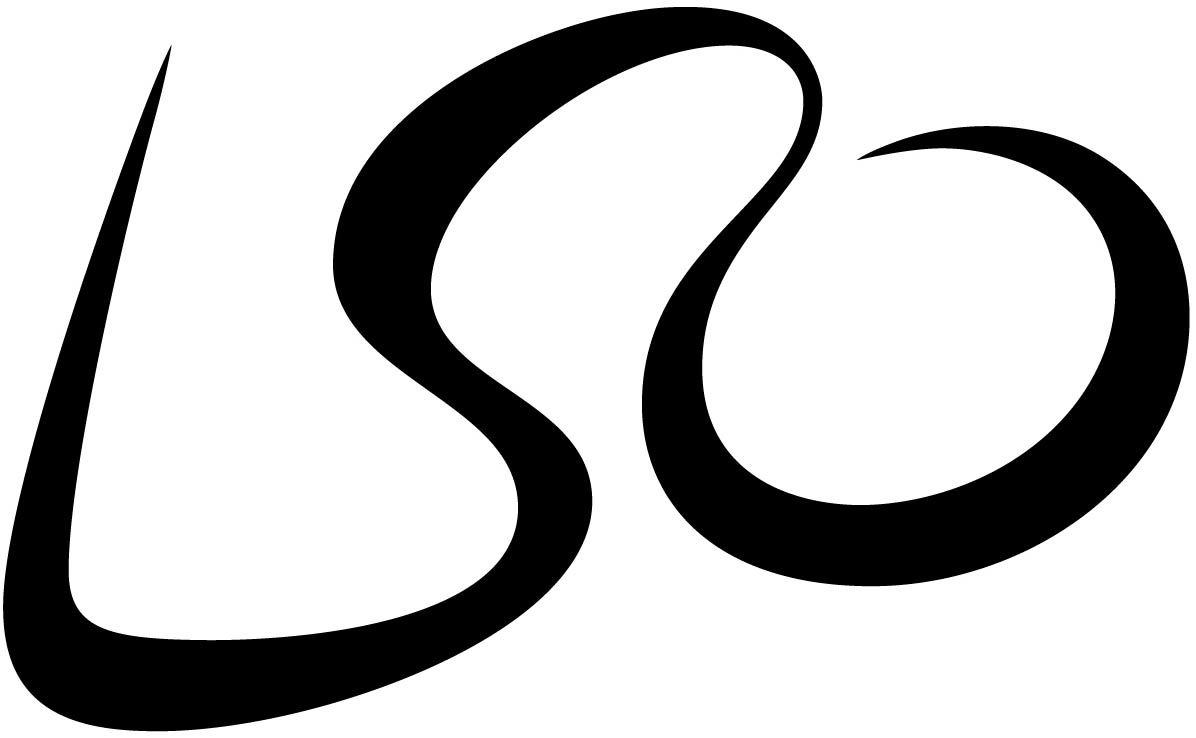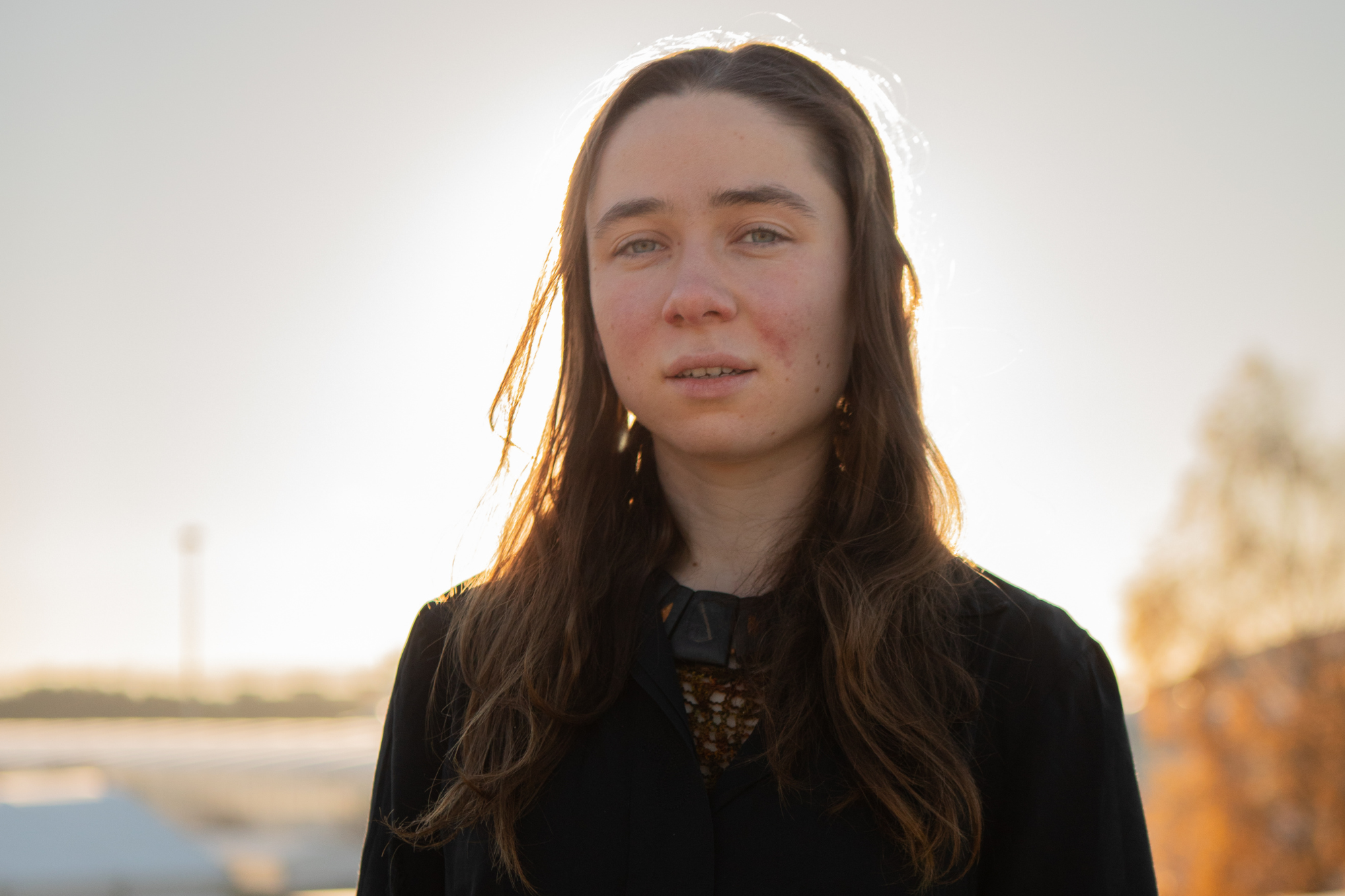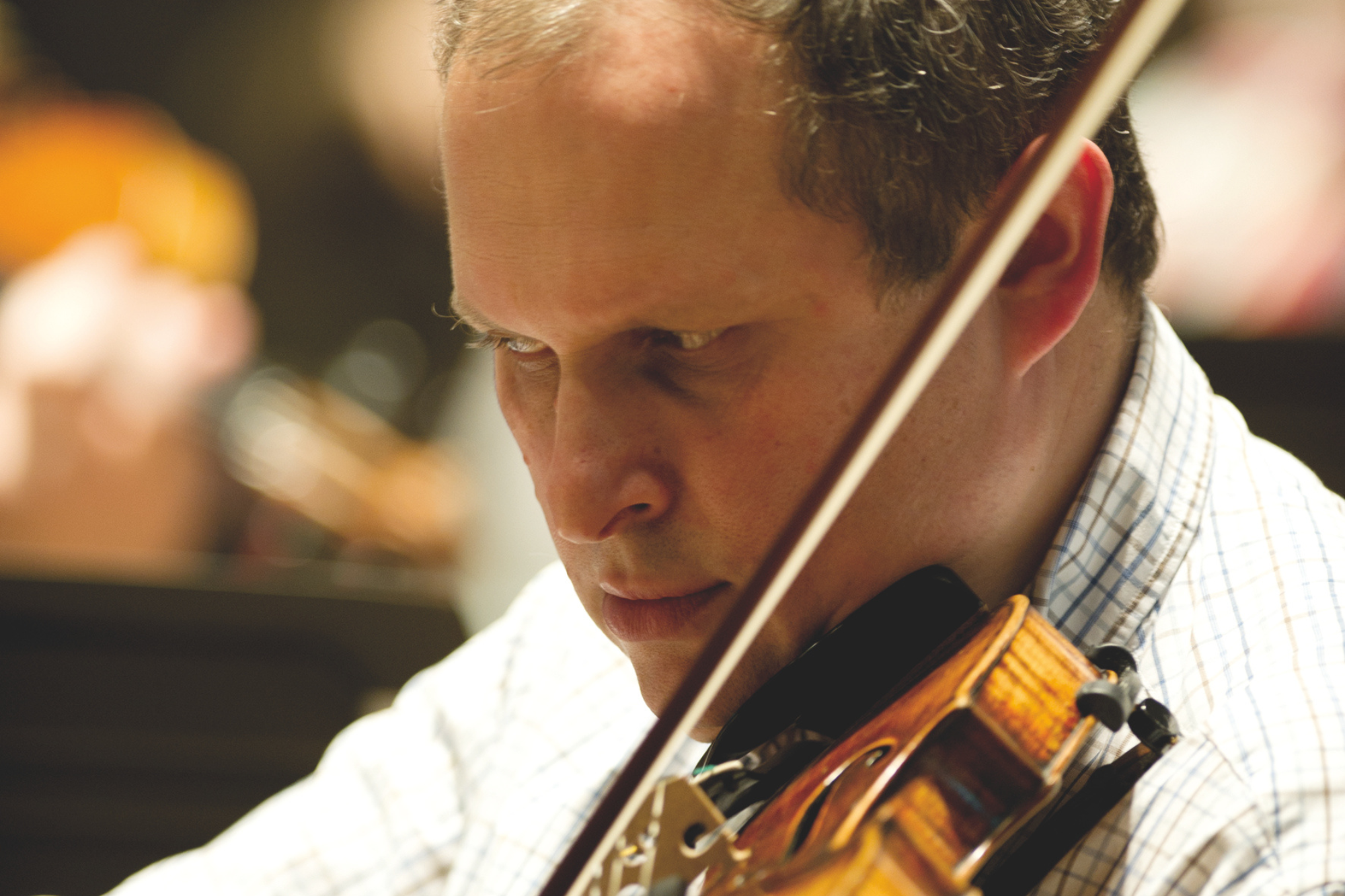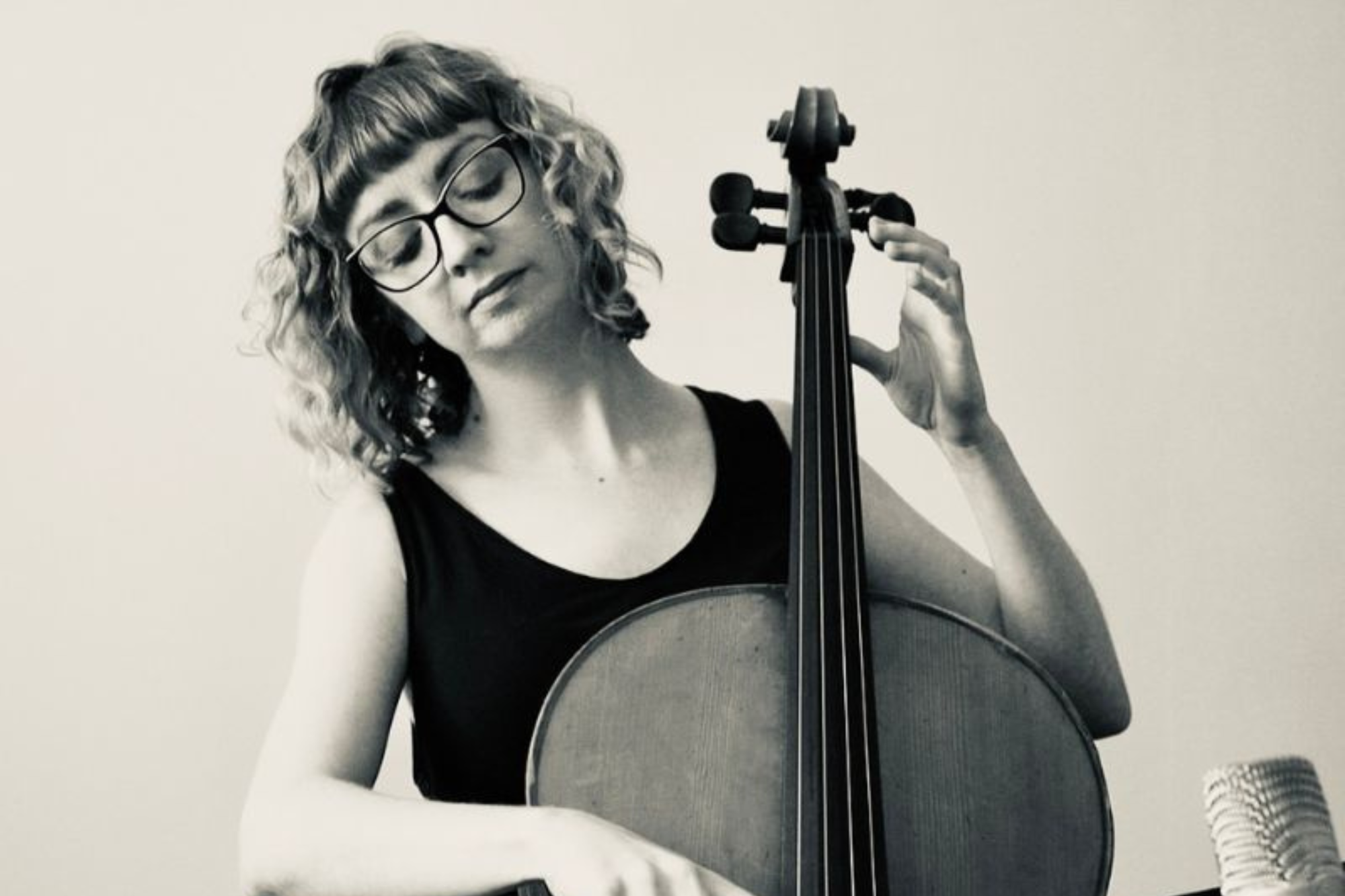LSO Jerwood Composer+ Showcase
Waves Crash on Old Street
Curated by Rufus Isabel Elliot

TODAY'S CONCERT
David Fennessy
‘The Blue Eyed Lassie’ from Piano Trio No. 2 - In Memoriam Spencer Boney
Christian Mason Efflorescence
Barbara Monk Feldman Clear Edge
Martin Arnold Lutra
Interval – 20 mins
Britta Byström Baum in der Stadt
Ryoko Akama 10 days’ etude
Stuart MacRae Haroldswick
Rufus Isabel Elliot A way out (world premiere)
David Alberman violin
Louise McMonagle cello
Mark Knoop piano
The concert will finish at approximately 9pm
USING YOUR DIGITAL PROGRAMME
- Connect to the free hawksmoor WiFi network.
- Navigate using the menu icon (≡) at the top of the screen.
- Please set your phone to silent and don't use other apps during the music.
LSO Jerwood Composer+ is generously supported by Jerwood Foundation. Waves Crash on Old Street is generously supported by Marchus Trust, the Hinrichsen Foundation and the Vaughan Williams Foundation.
Artwork © Miek Zwamborn and Rutger Emmelkamp

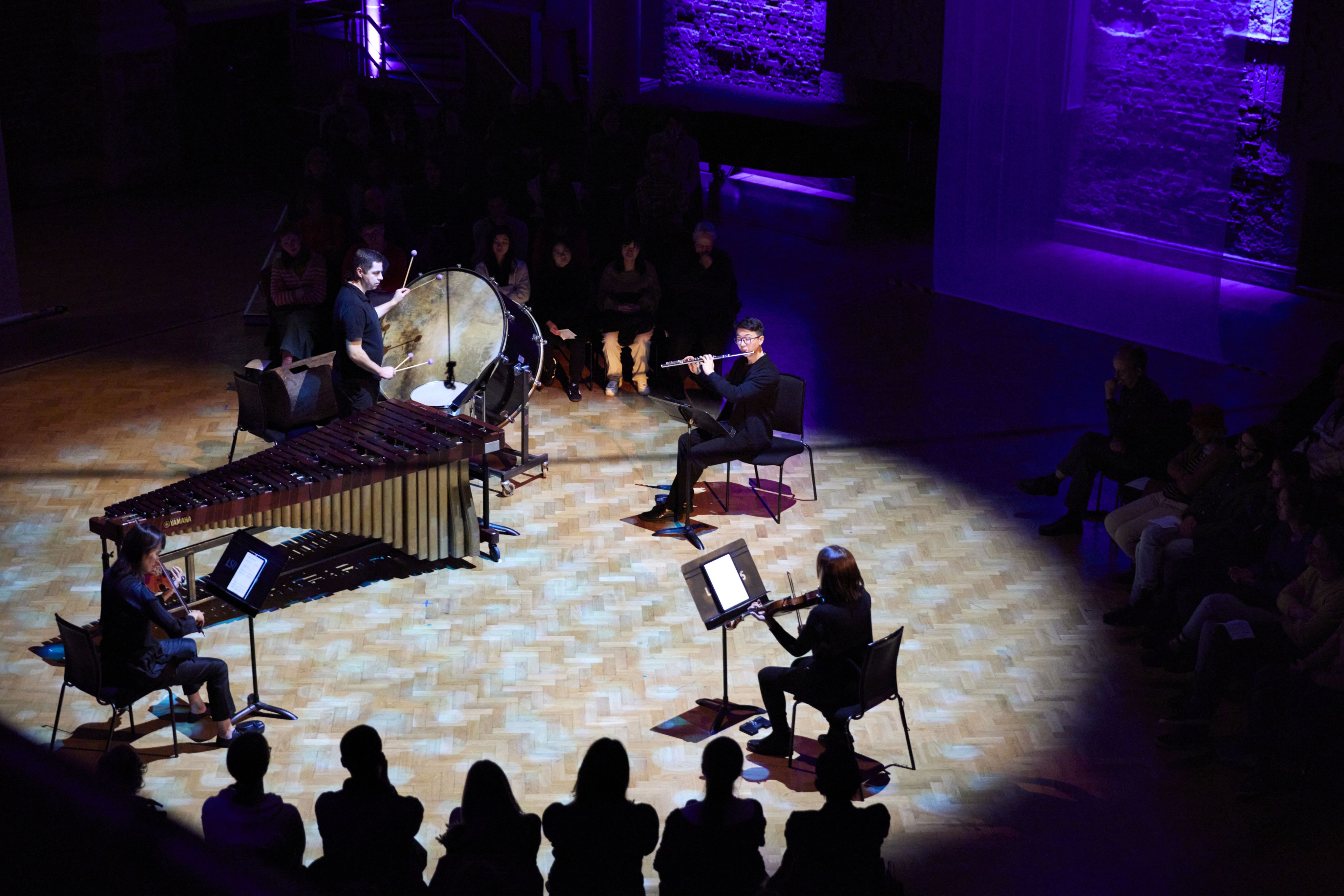
Introduced by Rufus Isabel Elliot
Heading up the glen, I passed through a veil. It was a portal to the exact place I was, and I knew then I could not go back. I wasn’t alone – there was the presence of the land, the undergrowth, the creatures passing, and history standing nearby. As I went on, it became apparent to me that I had come to where that lonely young woman, Time herself, slept. That these were her things — her bedding, her strike-fire, her magic.
Having found out about Time’s way, it seemed only fair to let you know. I continued searching for her, and in these works, I found mirror fragments of her and her world. She’s around as time stretches in Arnold’s Lutra, in the frozen moment of encounter, and as time loops in the circling resonances of the landscape of Barbara Monk Feldman’s Clear Edge. She’s close-by in the intimacy of Fennessy’s re-sung The Blue Eyed Lassie, and in the gliding, exploratory melody which characterises Byström’s violin writing in Baum in der Stadt.
Eventually, I came across another trace of Time looking out from a rough rock shelter high in the Cuillin. Later, sat at their kitchen table, I mentioned Time’s mysterious bivvy spot to KNOCKvologan Studies artists Miek Zwamborn and Rutger Emmelkamp. The next day, we were off into the forest of Tireragan looking for it. We hope you will join us on our way there.
About the Scheme
LSO Jerwood Composer+ supports early-career composers in planning and delivering two artistic outcomes. Composers gain valuable knowledge and practical experience to develop their own opportunities and careers.
The scheme supports two composers each year through a 15-month placement. Mentored by LSO staff, they are encouraged to develop entrepreneurial skills around programming for specific audiences, planning, marketing, budgeting, fundraising and evaluation.
David Fennessy
‘The Blue Eyed Lassie’ from Piano Trio No 2 - In Memoriam Spencer Boney
✒️2020| ⏰ 5 minutes
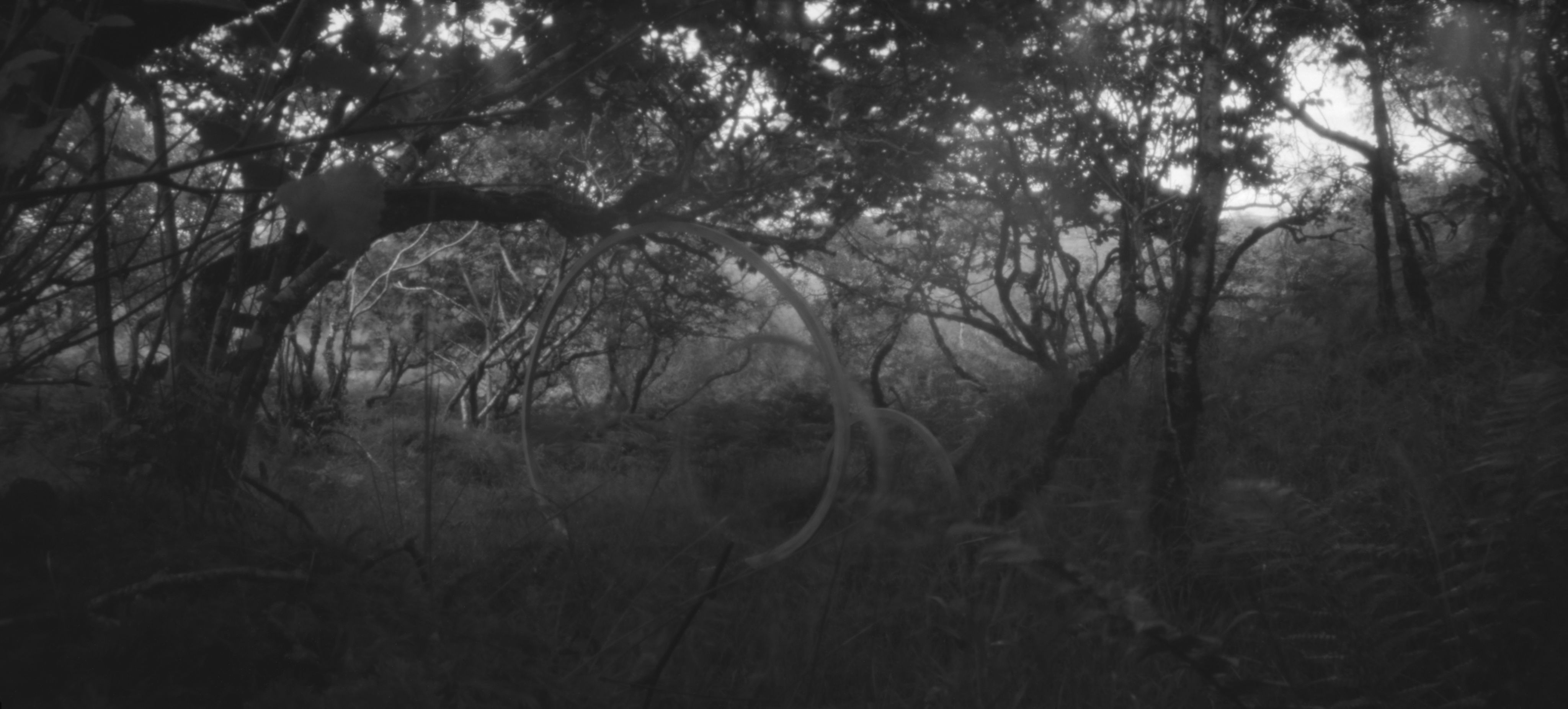
Piano Trio No 2 In Memoriam Spencer Boney was the result of a very specific and delicate request from Darragh Morgan of the Fidelio Trio to compose a piece to commemorate his friend and original pianist of the trio, Spencer Boney. The piece is in three movements and the second movement The Blue Eyed Lassie was inspired by the incredible, intimate and private singing style of Bess Cronin (Cork, 1879 - 1956).
Note by David Fennessy
Christian Mason
Efflorescence
✒️2008 | ⏰ 7 minutes
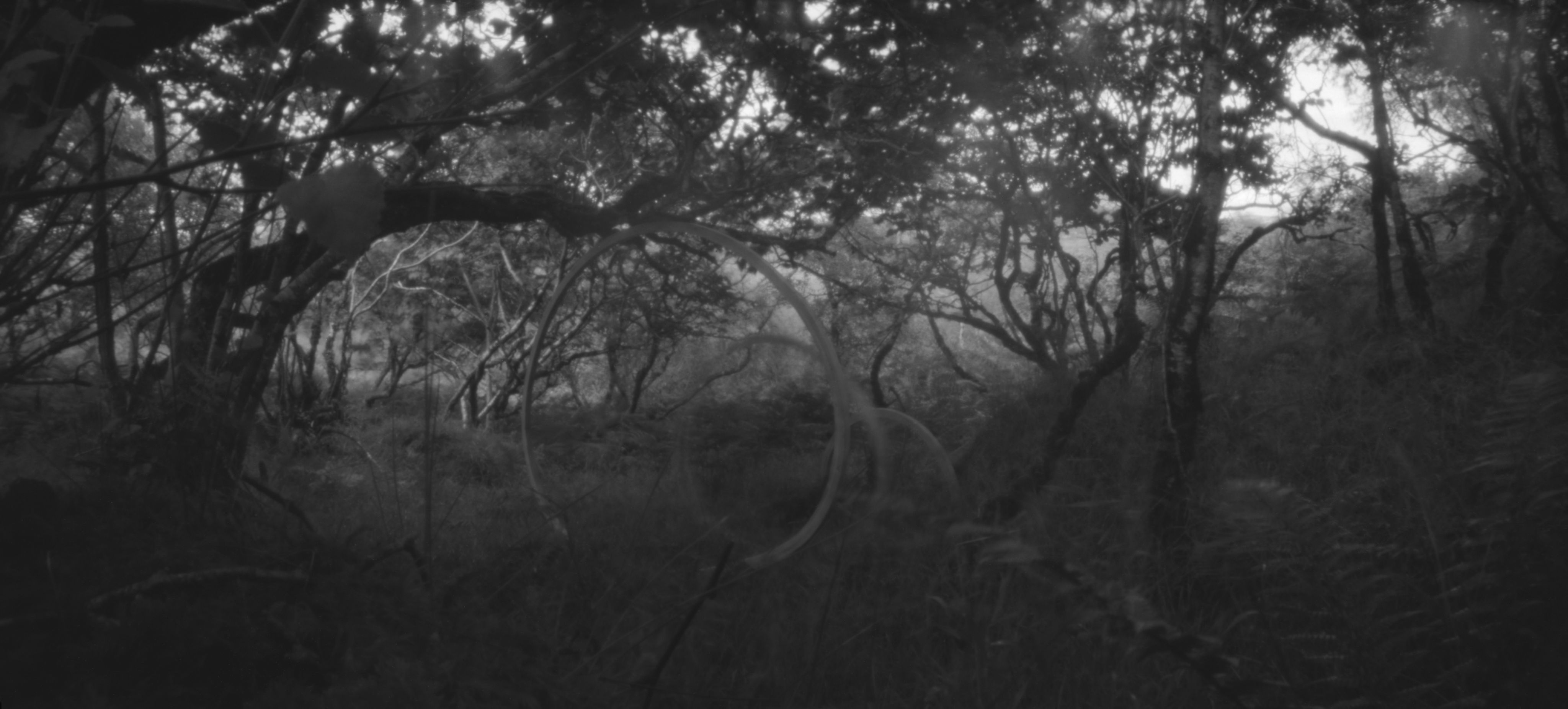
The poetic idea behind the piece is expressed by the title Efflorescence which means a period or process of flowering. This is reflected especially in the harmonic and registral processes employed, through which various pitch constellations around a single note gradually unfold and expand, becoming a blossoming 12-note ‘kaleidoscopic flower’. Over its five minute duration the music conveys many states of being – from the intimate and intense to the ecstatic and exuberant – revealing, I hope, the emergence of beauty from something seemingly plain.
Note by Christian Mason
Barbara Monk Feldman
Clear Edge
✒️1993 | ⏰ 5 minutes

Clear Edge for piano was written not long after John Cage died. I was deeply moved by the warmth of his friendship - he was very much on my mind as I composed the work.
Note by Barbara Monk Feldman
Martin Arnold
Lutra
✒️2017 | ⏰ 17 minutes

Lutra was written for Anton Lukoszevieze at his request in 2017. I have always loved the sound of natural harmonics on the cello and decided the piece would largely feature these – from the first to the eighth partial on all the strings for most of the piece, and on one occasion, up to the sixteenth partial on the C-string (thus bringing in my favourite harmonic: the eleventh partial). There is nothing novel about a string piece – even a solo string piece – that primarily uses natural harmonics, but I wanted to see if I could come up with a specific meandering organum – a texture my music often explores – using this soundworld (with the addition of occasional quiet humming; again nothing new, but an inclusion that never fails to get under my skin). I often have pieces where two very different textures are abutted without transition: anything from a short coda to a half-and-half proportion; the two parts of Lutra are someplace in-between in regard to comparative durations. 'Lutra' is a genus of otters.
Note by Martin Arnold
Britta Byström
Baum in der Stadt
✒️2014 | ⏰ 7 minutes

In 2014, Byström occupied herself with a series of pieces for solo stringed instruments. As much as these scores trained the techniques of the musicians who played them, they also served as ‘études’ or study pieces for Byström’s own technique – means of sharpening her understanding of the instrument in question, and of its compositional history in the hands of her predecessors.
Baum in der Stadt was written that year for solo violin. Its title, literally ‘Tree in the City’, was influenced by names given to his own paintings by the Swiss-born German artist Paul Klee, whose combination of expressionism, cubism, and a deep sensitivity to colour blurred the boundaries between art and design.
In parallel, Byström’s thought process started from architectural foundations, as she ‘combined certain building blocks’ before the work in question began to take on a life of its own. ‘The city is the construction,’ she said in an interview about the piece, ‘and out of it grows something with its own roots and its own life cycle – the tree.’ The score was thrust back into the spotlight in 2020 when it won the solo category at the so-called Swedish Chamber Games, in which scores written in the country are singled out for exposure abroad.
Like many of Byström’s works, Baum in der Stadt is rooted by a clear motif - a building block - heard right at the start: the piece’s first five notes, which travel up to a peak on the third note and down again, and which consistently fuel the music’s vitality thereafter. The music appears to search for the stability of the ‘open fifth’ interval (think the first jump in the tune Twinkle, Twinkle, Little Star), combining plucked and bowed sounds even at the same time. A plucked passage induces a notably rhythmic variant on the motif and eventually, a more obsessively driven focus on the motif drives the work towards its six concluding low A’s.
Note by Andrew Mellor
Andrew Mellor is author of The Northern Silence - Journeys in Nordic Music and Culture (Yale University Press)
Ryoko Akama
10 days’ etude
✒️2020 | ⏰ 7 minutes

Talking to Ian Power about her piano works songs for a shed, Akama described going to the shed in her garden during lockdown in order to be creative. 10 days’ etude was written over ten days of this kind of going in – another portal to another place.
Note by Rufus Isabel Elliot
Stuart MacRae
Haroldswick
✒️2022 | ⏰ 6 minutes

Haroldswick is based on an original tune I wrote following a visit to the island of Unst. One of the most northerly settlements in the British Isles, Haroldswick is thought to have been the first landing-point of the Vikings in Shetland. There is a reconstructed longhouse and a longship by the shore, as well as maritime and heritage museums, and the most northerly tearoom in the British Isles. The piece is a set of variations on the tune (which never quite appears in its original form), with regal, dissonant Bartókian chords combined with a Strathspey-like rhythm giving way to a skein of windswept harmonics, strangely distant and intimate at once: an attempt to evoke the enduring history and landscape of the place in music.
Note by Stuart MacRae
Rufus Isabel Elliot
A way out (world premiere)
✒️2024 | ⏰ 15 minutes

Time rumples and fades to grimy, sun-bleached red, to washed blue, asleep under a blanket and alone in the world.
Note by Rufus Isabel Elliot
Rufus Isabel Elliot
composer & curator
Rufus Isabel Elliot (it/its) is a composer and musician originally from Tower Hamlets, living now in North West Scotland. Rufus has written funerary music for doomed spaceships and orchestral music about rotting seaweed. It cares about honesty and openness. Its work is concerned with testimony, the conditions in which one speaks out, and how those stories are passed on.
Its music is ‘fluid and ambitious’ (The Wire), ‘stunningly intimate’ (The Quietus), and ‘achingly fragile’ (The Scotsman).
So far this year, Rufus has enjoyed working on a new work for Tectonics Festival, and a new collaborative work with artists Miek Zwamborn and Rutger Emmelkamp of Knockvologan Studies, Isle of Mull.
Artist Biographies
David Alberman
violin
David Alberman was Principal Second Violin in the LSO since from 1998–2023. Born in London, he received his LRAM diploma from the Royal Academy of Music at 16. After playing with the Academy of St Martin in the Fields and the LSO, he became a Concertmaster of the Chamber Orchestra of Europe. A long-standing interest in contemporary music led him in 1986 to join the internationally renowned Arditti Quartet, with whom he took part in the world premieres of more than 200 works, and made a number of recordings which won prizes internationally.
David enjoys coaching, has appeared as Guest Concertmaster for the LSO, London Philharmonic, BBC Symphony, BBC Scottish Symphony, Scottish Chamber and Bergen Philharmonic Orchestras, and the Bayrischer Rundfunkorchester, and as soloist with the Orchestre de Lille, BBC National Orchestra of Wales and the ORF Radio Symphony Orchestra in Vienna, among others.
Louise McMonagle
cello
A Scottish cellist based in London, Louise McMonagle is a versatile performer who enjoys making music in many environments. Her playing has been described as 'especially vivid, with its powerful combination of precision and intensity' (Jonathan Russell, Bachtrack). Career highlights include winning the Ernst Von Siemens Ensemble prize (2020, as a member of the innovative Riot Ensemble), performing at Wigmore Hall (London), playing as soloist in Pierre Boulez's Messagesquisse at the VIVA Cello Festival (Switzerland), and recording Berio Sequenza XIV with Four Ten Media.
Mark Knoop
piano
© Dimitri Djuric
© Dimitri Djuric
An intrepid explorer of music of all ages, pianist and conductor Mark Knoop is known for his versatile technique and virtuosity. While focussing on the work of living composers, his individual interpretations of standard and 20th-century repertoire have drawn praise. In addition to solo performances, he regularly appears with ensembles Plus-Minus and Apartment House, and as duo partner with Juliet Fraser (soprano).
He has commissioned and premièred countless new works and worked with many respected composers including Joanna Bailie, Bernhard Lang, Jennifer Walshe, Matthew Shlomowitz, Steven Kazuo Takasugi, Øyvind Torvund, and Akiko Ushijima. His recordings of music by John Cage (Wergo and Another Timbre), Morton Feldman (Another Timbre and all that dust), and Bryn Harrison (Another Timbre) have been lauded.
Mark performs regularly throughout Europe, the United Kingdom and Australia and has played in New Zealand, South Korea, Mongolia, United States of America, Canada and at festivals including Borealis (Bergen), Donaueschinger Musiktage, Huddersfield, Klangspuren (Schwaz), MaerzMusik (Berlin), Musiikin Aika (Viitasaari, Finland), Spor (Århus), Transit (Leuven), Ukho Music (Kiev), and Ultima (Oslo). He is co-director of all that dust, an independent record label for new music.
Thank You for Listening
The London Symphony Orchestra was established in 1904. Through inspiring music, educational programmes and technological innovations, the LSO’s reach extends far beyond the concert hall.
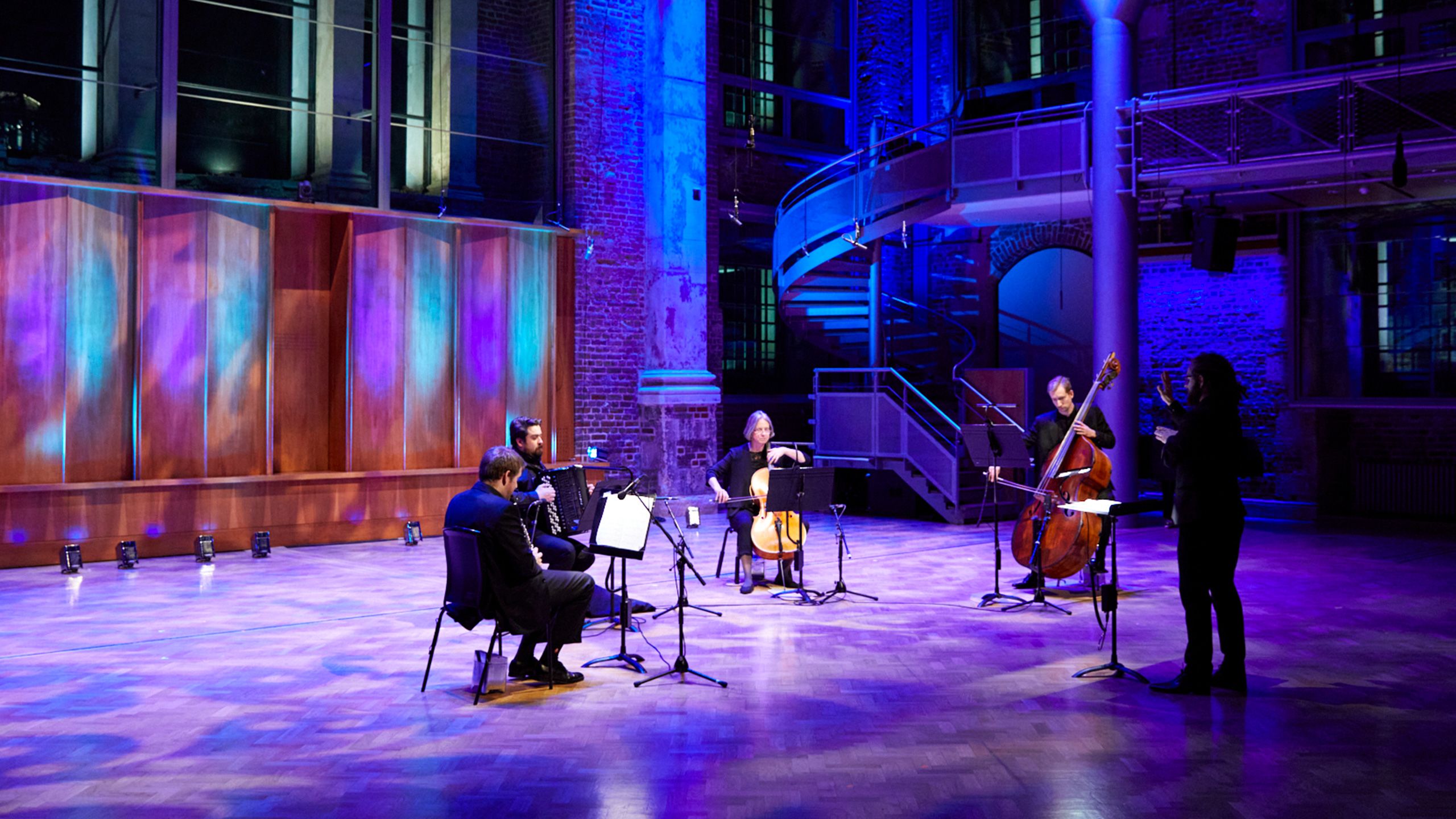
Nature's Heart: Kinoshi and Beethoven 6
Thursday 21 November 7.30pm
Barbican Hall
Part of the EFG London Jazz Festival, the LSO is joined by the Mercury Prize-nominated ensemble seed., led by saxophonist Cassie Kinoshi, for an evening of new and classical music celebrating the natural world.
Tickets £35 £26 £18
(£12/£16 Wildcards)
LSO Futures: Homage to Pierre Boulez
Sunday 26 January 7pm
Barbican Hall
Celebrating Pierre Boulez and his influences, in the composer’s centenary year: his beloved Debussy, alongside three intriguing world premieres from Olga Neuwirth, Rafael Marino Arcaro and Lara Agar.
Tickets £70 £55 £39 £26 £18
(£12/£16 Wildcards)

